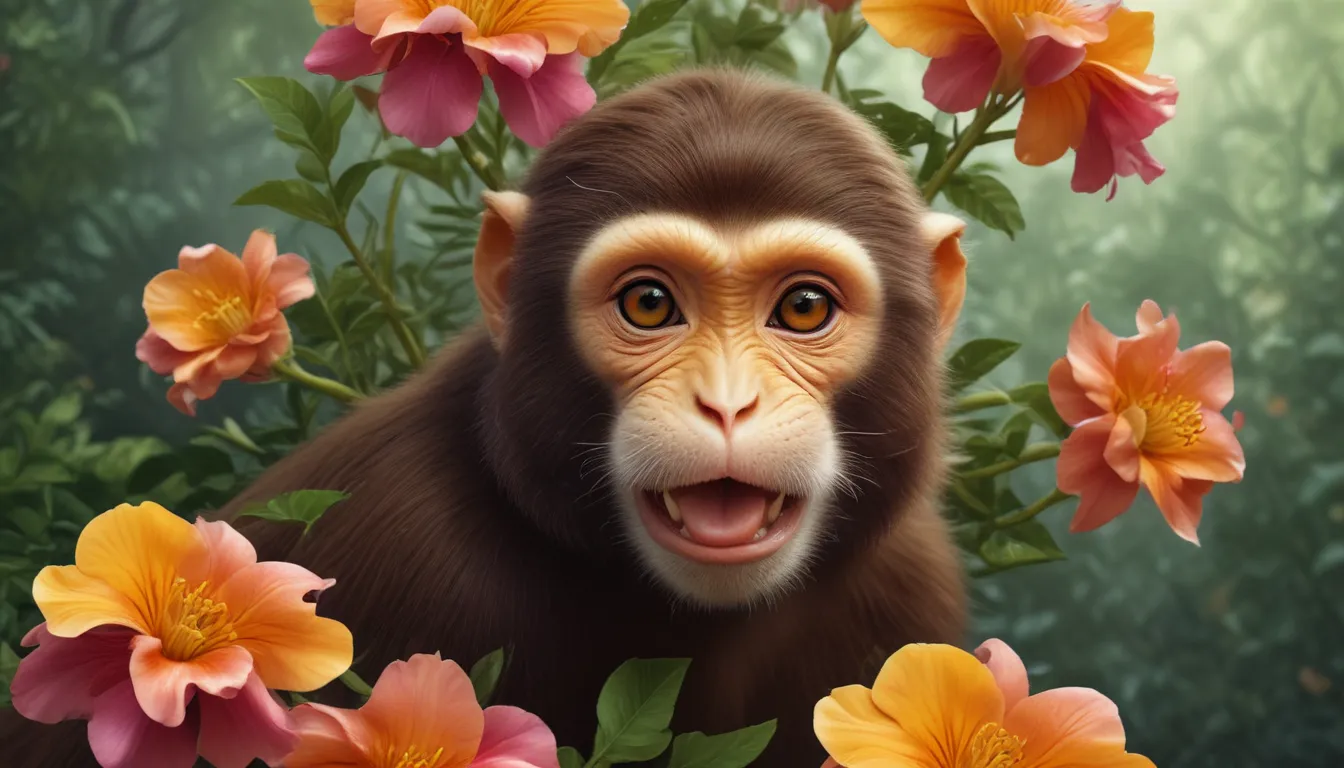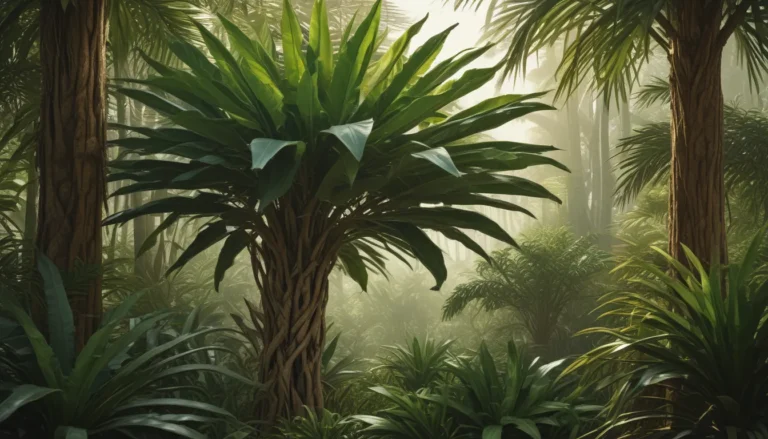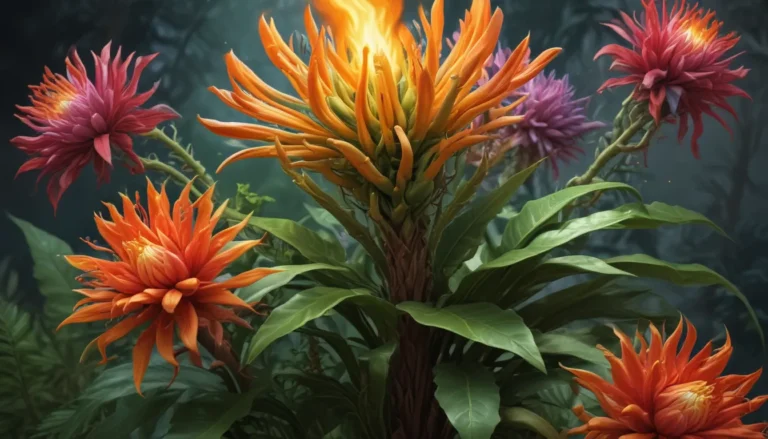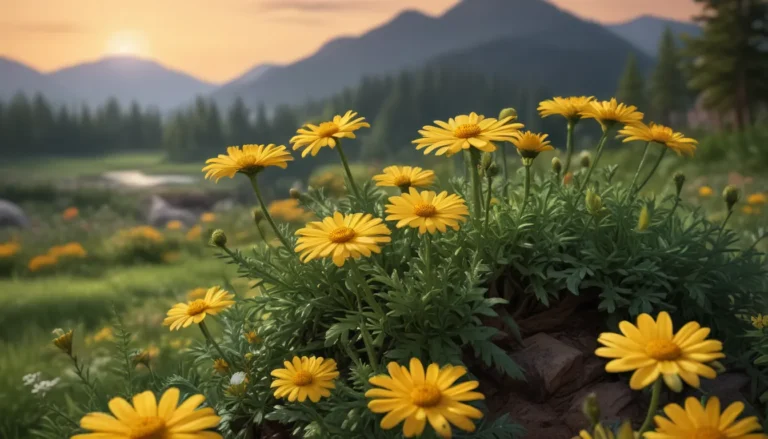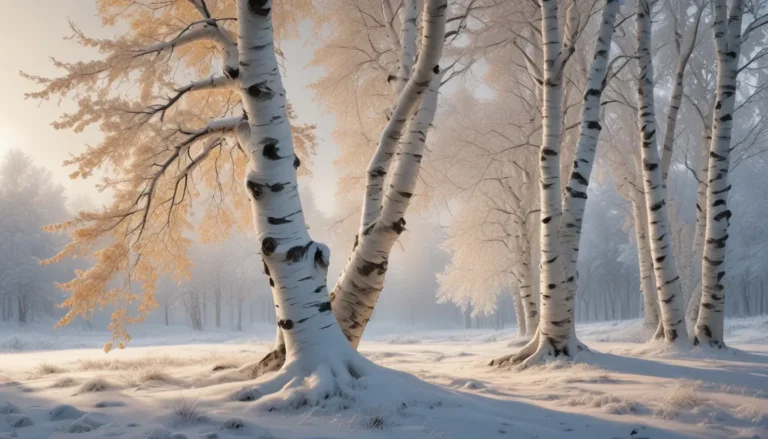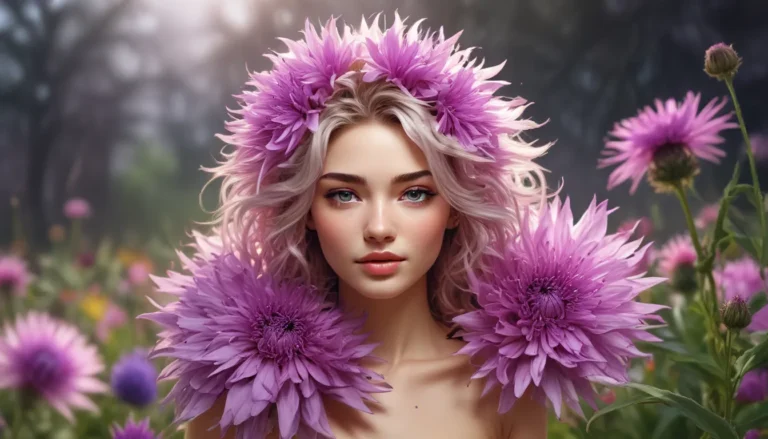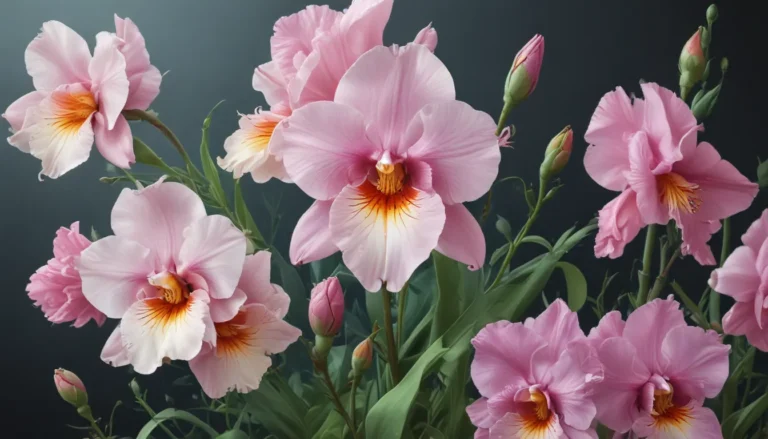The pictures we use in our articles might not show exactly what the words say. We choose these pictures to make you interested in reading more. The pictures work together with the words but don’t take their place. The words still tell you the important facts.
Have you ever marveled at the beauty of a Monkey Flower? These vibrant, versatile plants, scientifically known as Mimulus, are not only visually striking but also hold a plethora of surprises waiting to be uncovered. From their diverse species to their unique adaptations and intriguing pollination techniques, Monkey Flowers have carved out a special place in the plant kingdom. Join us on a botanical journey as we explore 15 unbelievable facts about Monkey Flowers that will leave you in awe of their beauty and resilience.
Unveiling the World of Monkey Flowers
Monkey Flowers, a versatile genus of flowering plants belonging to the family Phrymaceae, are known for their vibrant and striking blooms. Available in a wide range of colors, including yellow, red, orange, and pink, these fascinating plants add a burst of color to any garden or landscape.
A Natural Habitat in the Americas
Native to North and South America, Monkey Flowers can be found in various habitats, from wetlands and stream banks to dry, rocky slopes. Their adaptability allows them to thrive in regions such as California, Oregon, and the Andes Mountains.
The Mystery Behind the Name
The name "Monkey Flower" stems from the unique shape of its blossoms. With petals often fused together, forming a distinctive shape resembling a monkey's mouth, these flowers are as intriguing as they are beautiful.
A Symphony of Pollinators
Monkey Flowers have evolved to attract pollinators such as bees and hummingbirds with their bright colors and nectar-rich blossoms. These pollinators play a crucial role in transferring pollen from one flower to another, aiding in the plant's reproduction.
Medicinal Marvels
Traditional indigenous tribes have long utilized Monkey Flowers for their medicinal properties. From treating respiratory ailments to skin disorders and digestive issues, these plants have a long history of therapeutic uses.
Cultivating the Beauty of Monkey Flowers
Whether you're a seasoned gardener or just getting started, Monkey Flowers are a delight to grow in your garden. Their adaptability to various growing conditions makes them a versatile choice for any landscape.
A Colorful Canvas
Through careful breeding and hybridization, horticulturists have created a variety of Monkey Flower cultivars with unique flower shapes and colors. This diversity allows gardeners to choose from an extensive selection when incorporating Monkey Flowers into their landscapes.
Blooms of Brief Beauty
While the flowering season of Monkey Flowers may be short, lasting only a few weeks, their vibrant blooms and unique characteristics make them a captivating addition to any garden during this time.
A Wildlife Haven
The nectar-rich flowers of Monkey Flowers are a popular food source for various wildlife, including butterflies and birds. By providing essential nourishment, these plants contribute to the overall biodiversity in their habitat.
Conservation Crusaders
Certain species of Monkey Flowers are considered endangered due to habitat loss and environmental factors. Conservation efforts are underway to protect these plants and their habitats for future generations to enjoy.
Propagation Perfection
If you're looking to expand your Monkey Flower collection, propagation from cuttings is a simple and effective method. By providing the right growing conditions, you can create new plants and enhance your garden's beauty.
The Sweet Scent of Success
Some species of Monkey Flowers emit a delightful fragrance, adding an olfactory dimension to their visual appeal. Depending on the species, the scent can range from sweet and floral to more intense and spicy.
Erosion Control Champions
With their extensive root systems and ability to withstand different soil conditions, Monkey Flowers are excellent choices for erosion control in landscaping projects. Their roots help stabilize the soil, prevent erosion, and promote overall soil health.
The Artistic Impression
The unique appearance and symbolism of Monkey Flowers have inspired artists and writers for generations. From artworks to poems and stories, these captivating plants hold a cultural significance that transcends the botanical world.
Delve Deeper into the World of Monkey Flowers
As you embark on this botanical journey, you'll discover the enchanting world of Monkey Flowers that combines beauty, resilience, and functionality. Whether you seek to add a splash of color to your backyard or simply appreciate the wonders of nature, Monkey Flowers are sure to captivate you with their unbelievable facts. Dive into the realm of Monkey Flowers and be amazed by their extraordinary features.
Frequently Asked Questions
-
What are the different colors of Monkey Flowers?
Monkey Flowers come in a wide array of colors, including red, yellow, orange, pink, and even bi-colored varieties, each adding a unique touch to any garden or floral arrangement. -
How tall do Monkey Flowers grow?
Depending on the species, Monkey Flowers can reach a height of 1 to 3 feet on average, with some taller varieties growing up to 6 feet. -
Do Monkey Flowers require a lot of sunlight?
While Monkey Flowers thrive best in full sun, they can tolerate some shade. Providing them with at least 4-6 hours of direct sunlight daily ensures optimal growth and blooming. -
How often should Monkey Flowers be watered?
Monkey Flowers prefer moist soil but should not be overly saturated to prevent root rot. Moderate watering, allowing the top inch of soil to dry between waterings, is recommended. -
Can Monkey Flowers be grown in containers?
Absolutely! Monkey Flowers are well-suited for container gardening. With proper drainage, well-draining soil, and regular care, they thrive in container environments. -
Are Monkey Flowers attractive to pollinators?
Yes, Monkey Flowers are known for attracting pollinators like bees, butterflies, and hummingbirds. Their bright colors and nectar-rich flowers make them a valuable addition to pollinator gardens. -
Are Monkey Flowers resistant to pests and diseases?
While generally resilient, Monkey Flowers can be susceptible to pests like aphids and diseases like powdery mildew. Regular inspection and care are key to preventing issues. -
Can Monkey Flowers be propagated from seeds?
Yes, Monkey Flowers can be propagated from seeds collected from mature pods. Sow them in containers or soil, keep them moist, provide sunlight, and watch them germinate in a few weeks. -
Are Monkey Flowers used in traditional medicine?
Yes, Monkey Flowers have been valued in traditional medicine for their diuretic and anti-inflammatory properties. They have been utilized to treat various conditions like urinary tract infections and respiratory issues. -
Are Monkey Flowers native to a specific region?
Monkey Flowers are native to diverse regions, including North America, Europe, and Asia, showcasing their adaptability to different climates and habitats.
In conclusion, Monkey Flowers are remarkable plants that combine beauty, resilience, and functionality in a single package. Their diverse species, medicinal properties, and value in gardens make them a choice worth considering for any nature enthusiast or gardener. Embrace the enchantment of Monkey Flowers and witness the magic they bring to your outdoor spaces.
